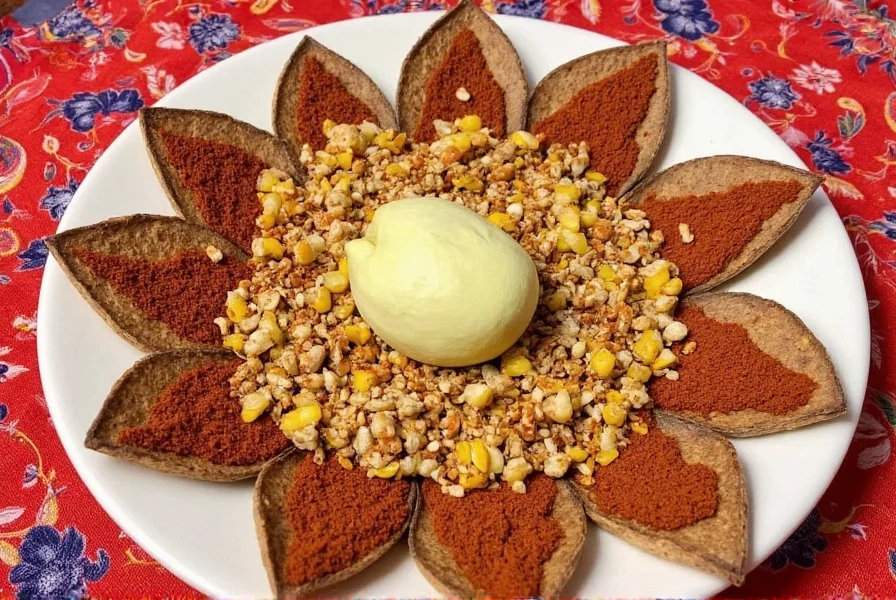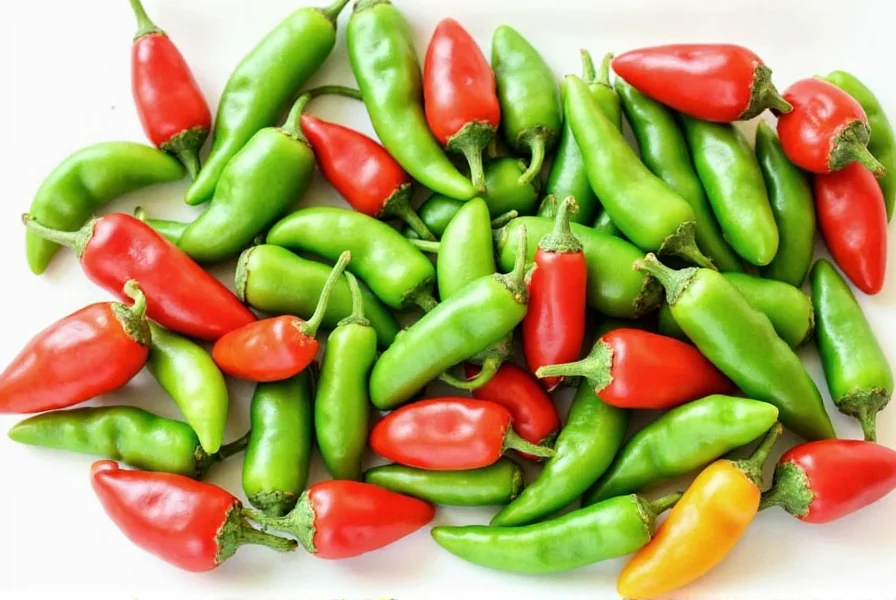Are Serrano Peppers Hot? Spicy Secrets, Heat Levels & Tasty Tips!
Table of Contents
- Introduction
- Understanding the Heat: How Hot Are Serrano Peppers?
- The Scoville Scale Breakdown
- Serrano vs. Other Chilies: A Spicy Comparison
- Why Are Serrano Peppers So Hot?
- 5 Practical Cooking Tips with Serrano Peppers
- Buying Guide: Choosing the Best Serrano Peppers
- Conclusion
Introduction
So you’ve heard whispers in the kitchen or maybe seen them on your neighbor’s salsa—those glossy green or red little chilies that look innocent but pack a punch. You’re wondering: Are serrano peppers hot? Spoiler alert: Yep, they are! But how hot exactly? And what makes them so spicy? In this article, we’ll dive into everything you need to know about these fiery flavor bombs—from their heat level and culinary uses to pro tips for handling them safely.
Understanding the Heat: How Hot Are Serrano Peppers?
Serrano peppers fall somewhere between jalapeños and habaneros in terms of heat—but don’t let that confuse you! They have a distinct kick that makes them perfect for spicing up dishes without completely blowing your taste buds away.
But just how hot is “hot” when it comes to serrano peppers? The answer lies in something called the Scoville scale, which measures how spicy a chili pepper really is. Let’s break it down.
The Scoville Scale Breakdown
| Pepper | Scoville Heat Units (SHU) |
|---|---|
| Jalapeño | 2,500 – 8,000 SHU |
| Serrano | 10,000 – 23,000 SHU |
| Habanero | 100,000 – 350,000 SHU |
| Ghost Pepper | Over 1,000,000 SHU |
As shown in the table above, serrano peppers are significantly hotter than jalapeños but way milder than ghost peppers or even habaneros. So if you're looking to step up your spice game without entering “I-can't-feel-my-face” territory, serranos might be your new best friend.

Serrano vs. Other Chilies: A Spicy Comparison
You might already be familiar with other common chili peppers like jalapeños, poblanos, or Thai chilis. But where do serranos stand among them?
- Jalapeño: Milder, often used raw in salsas. Great for beginners.
- Poblano: Mild and earthy, commonly used in sauces and stuffed dishes.
- Cayenne: Dried and powdered form is much hotter than serrano, used more for seasoning.
- Thai Chili: Similar heat range but much smaller and more concentrated flavor.
While jalapeños can sometimes be eaten whole or sliced fresh, serrano peppers are usually added for their spicy bite in sauces, marinades, or cooked dishes. Their thin skin means they cook faster and blend well into recipes without getting rubbery.
Why Are Serrano Peppers So Hot?
The secret behind the heat in any chili pepper—including serrano—is a compound called capsaicin. Found mostly in the seeds and inner membranes, capsaicin is what causes that burning sensation in your mouth. It's also what gives chili peppers their anti-inflammatory and pain-relief properties!
So, why are serrano peppers hot? Because they contain a higher concentration of capsaicin than milder peppers like bell peppers or poblanos. And while not as fiery as some of the super-spicy peppers out there, serrano peppers still bring enough heat to make you sweat a little—and smile a lot.

5 Practical Cooking Tips with Serrano Peppers
Ready to get cooking with serrano peppers? Here are five handy tips to help you use them like a pro:
- Remove the Seeds and Membranes: If you want less heat, take out the seeds before cooking. Most of the capsaicin lives there.
- Roast Them for More Flavor: Just like jalapeños, roasting brings out a smoky depth that adds complexity to sauces and salsas.
- Use Gloves When Handling: Capsaicin sticks to skin and can cause irritation, especially around eyes and nose. Always wash hands thoroughly after touching chilies.
- Pair with Acid or Fat: Lime juice, sour cream, or avocado can balance out the heat and keep your dish from being overwhelming.
- Add at the Right Time: For more subtle heat, add serrano later in the cooking process. If you want a deeper, infused heat, cook them longer.
Buying Guide: Choosing the Best Serrano Peppers
When shopping for serrano peppers, here’s what to look for:
- Freshness: Look for firm, shiny skin without wrinkles or soft spots. Fresh serranos should feel solid to the touch.
- Color: Available in green, red, orange, and brown hues. Green ones are typically milder, while red ones are fully mature and spicier.
- Size: Serrano peppers are small to medium-sized, usually about 1 to 2 inches long.
- Storage: Store them in a plastic bag in the refrigerator for up to two weeks. You can also freeze them whole for longer shelf life.
If you're buying dried serrano peppers, opt for those that are pliable but not brittle. Dried versions have a more concentrated flavor and heat, making them great for soups, stews, or grinding into powder.

Recommended Products
- Fresh Serrano Peppers (Green): Perfect for everyday cooking, salsas, or pickling. Mild heat with bright flavor.
- Dried Serrano Packets: Ideal for soups, rubs, or making your own chili oil. Longer shelf life and more intense taste.
- Serrano Hot Sauce Bottles: Ready-to-use fiery sauces made with serrano peppers, garlic, vinegar, and spices. Great for tacos, wings, or drizzling over eggs.
Conclusion
So yes, serrano peppers are definitely hot—but in a good way. With their balanced heat, versatility, and bold flavor, they’re a staple ingredient in many cuisines, especially Mexican and Tex-Mex. Whether you’re grilling, blending, or simmering, serrano peppers offer a reliable source of spice that can elevate any dish without going overboard.
Now that you know the truth about are serrano peppers hot, go ahead and give them a try. Your taste buds—and maybe your sweat glands—will thank you!










 浙公网安备
33010002000092号
浙公网安备
33010002000092号 浙B2-20120091-4
浙B2-20120091-4